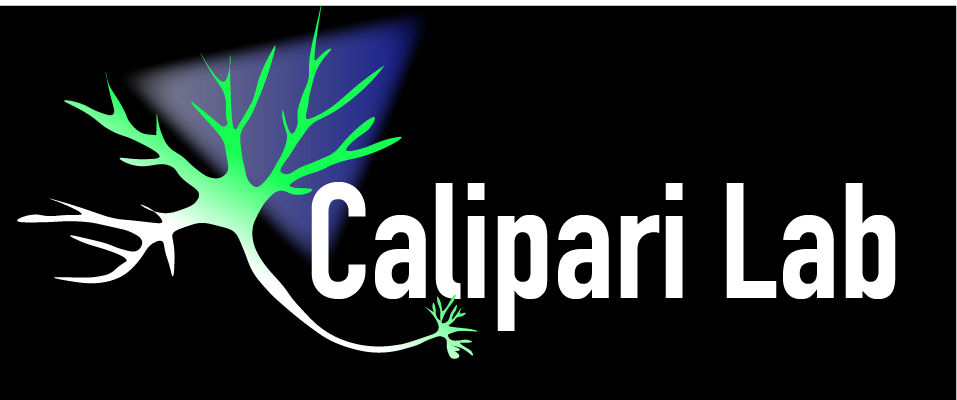Ongoing Research Projects
Collectively, these projects aim to extend our understanding of the circuit and molecular mechanisms of reward learning and motivation and their role in psychiatric disease. These independent projects span complex behaviors and neural circuits down to individual proteins, allowing for a fundamental understanding of the circuits controlling these behaviors as well as identification of potential drugable targets to modulate these processes.
Salience and novelty encoding in the brain
The nucleus accumbens (NAc) plays a critical role in controlling motivation to obtain rewards. This process is mediated by dopamine released from neurons originating in the ventral tegmental area (VTA) onto medium spiny neurons (MSNs) in the NAc that express predominantly either D1 or D2 receptors. These genetically distinct subpopulations are virtually non-overlapping and optogenetic studies suggest that they control divergent aspects of reward-related behaviors. We aim to understand how temporally specific dopamine release signatures and/or D1 and D2 MSN activity encode information about environmental stimuli to control behavior
Elucidating the neural consequences of chronic cocaine abuse
An inability to extinguish previously formed associations between cocaine and the cues that predict its availability is thought to contribute to pathological drug seeking, even in the face of negative consequences. Using cocaine self-administration in mice, we aim to understand how circuits projecting to medium spiny neurons (D1 and D2) are dysregulated on the circuit and transcriptional level to drive pathological drug seeking and attempt to reverse these maladaptive seeking behaviors with optogenetic approaches and viral mediated gene transfer.
Cross-talk between the epigenome and neural circuit activity in drug addiction
Learning about drug rewards and predictive cues is a complex process controlled by a computational network of neural connections interacting with transcriptional and molecular mechanisms within each cell to precisely guide behavior. The interplay between rapid, temporally specific neuronal activation, and longer-term changes in transcription is of critical importance in the expression of appropriate, or in the case of drug addiction, inappropriate behaviors. By combining cre-driver lines with techniques like RNA sequencing, viral mediated gene transfer and chromatin immunoprecipitation we aim to understanding of the pathway and cell-type specific circuits controlling these behaviors.
Sex differences in cocaine effects on reward circuits
Females are more likely to become addicted to drugs and relapse at higher rates than males; however, the underlying neural mechanisms remain unclear. Our previous work shows that during estrus, when circulating ovarian hormone levels are high, there is a 3-fold increase in the ability of cocaine to inhibit the dopamine transporter as compared to male and diestrus females. Our work focuses on understanding how ovarian hormones influence neural signaling within the brain and how this contributes to addiction vulnerability in females.

